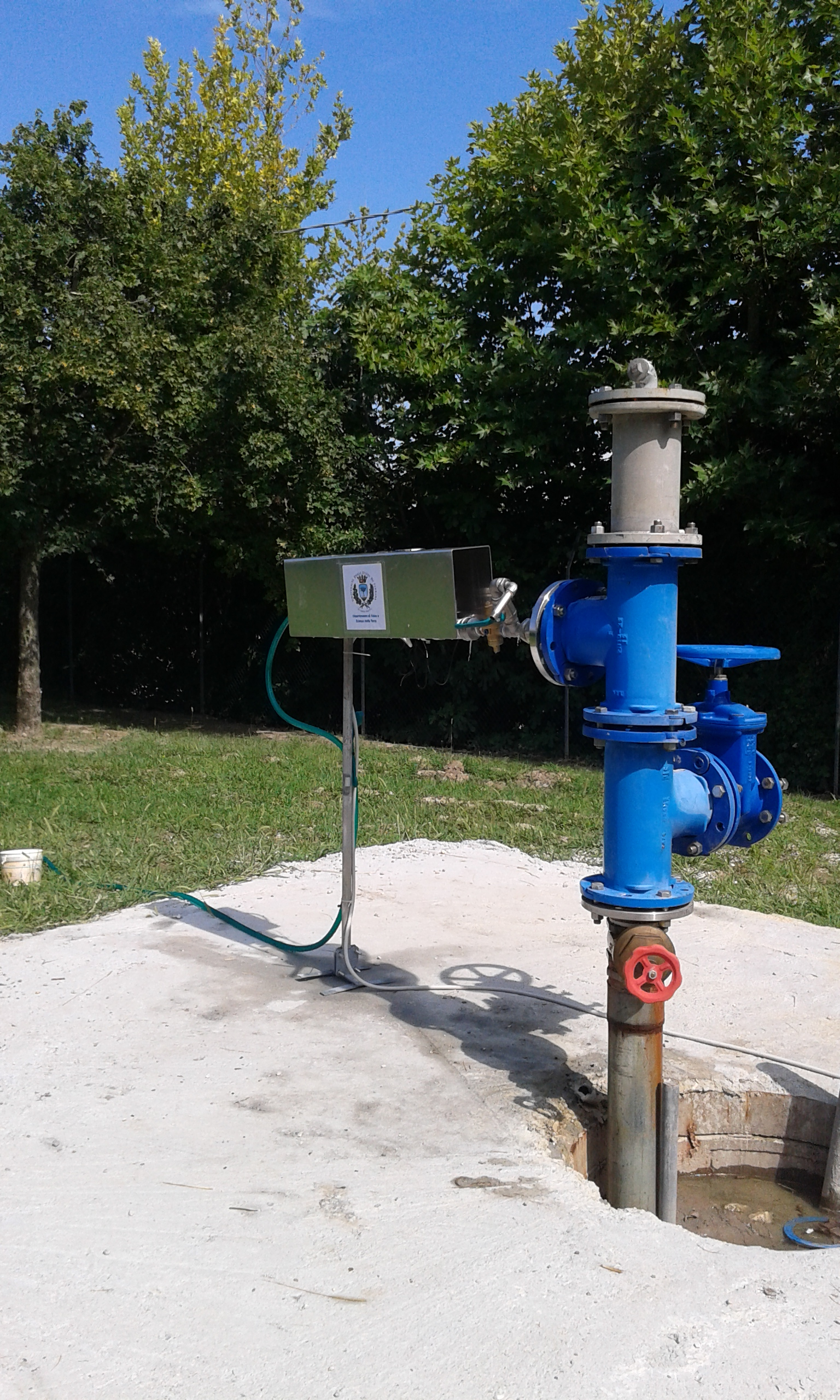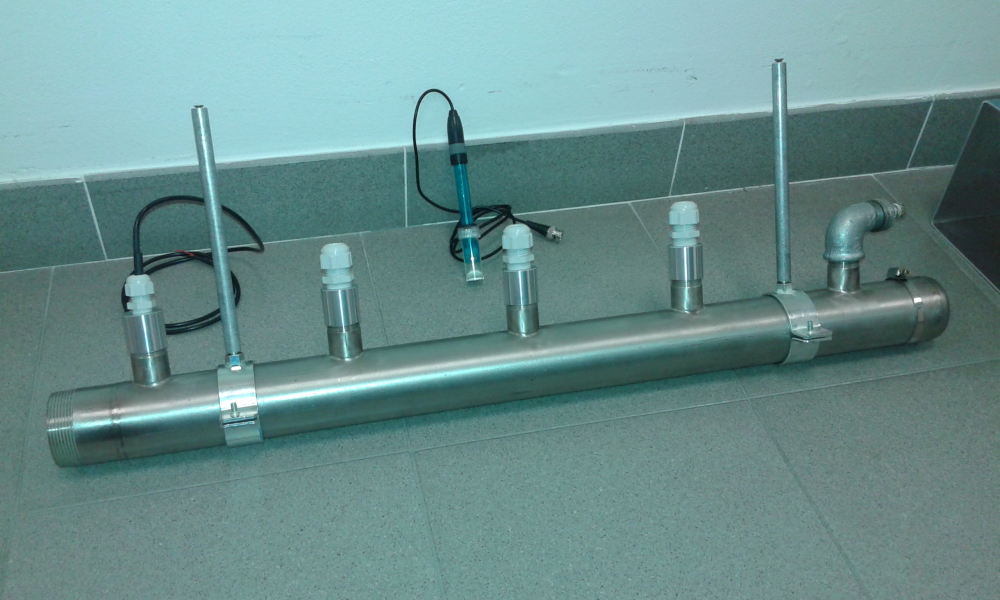Gas content analysis in saturated-unsaturated transition area and in the groundwater to support the investigation for the geological disposal of radioactive wastes

Unexpected methane and CO2 releases from the ground and noble and conventional gases in groundwater could be favored by stress produced by geological and seismic phenomena. For this reason, ENEA together with the University if Ferrara are proposing a protocol aiming to detect gases in the soil, focusing the investigation in the transition area between saturated and unsaturated zone. By means of an appropriate monitoring network, it is possible to identify substantial sampling areas of gases conventionally present in the soil, such as methane and CO2, and of noble and conventional gases dissolved in groundwater. The purpose of the monitoring is to study possible correlations between seismic/geological events and anomalies in the concentrations of gases from the ground, and to correlate the fluctuations of atmospheric conditions with endogenous contributions.

Combining the of the anomalous emanations of tracers connected to nuclear activity in the saturated-unsaturated transition area with analysis of the same gaseous tracers (Xenon-133 and Argon-37) in solution in the aquifers, it is possible to verify possible relationships to define the diffusion and release models. These models could be validated by comparison with measurements performed on the gases in the waters solution such as Radon, Tritium, Oxygen and its isotopes, CO2, CO, SO2, methane etc. This method allows to overcome local geological factors and to be able to analyze even non-investigable areas.
Antonietta Rizzo
ENEA
antonietta.rizzo@enea.it
Chiara Telloli
ENEA
chiara.telloli@enea.it